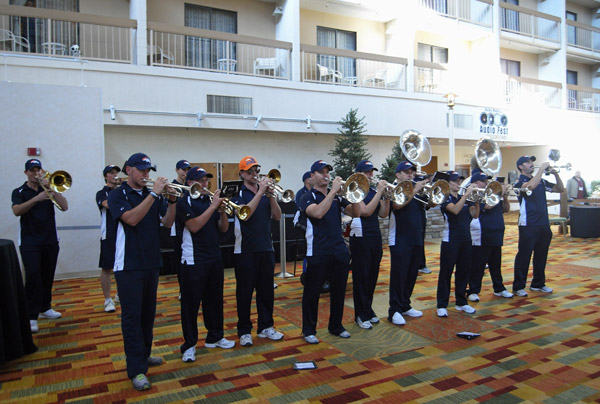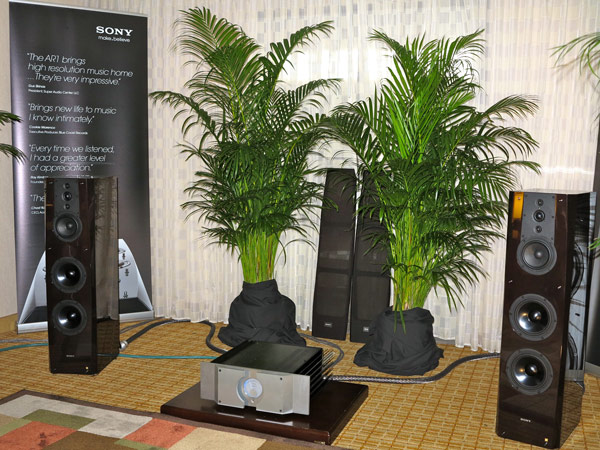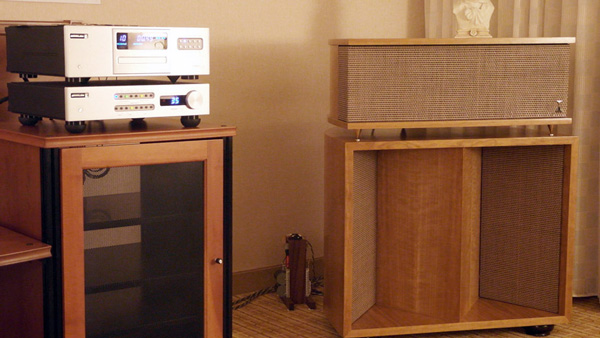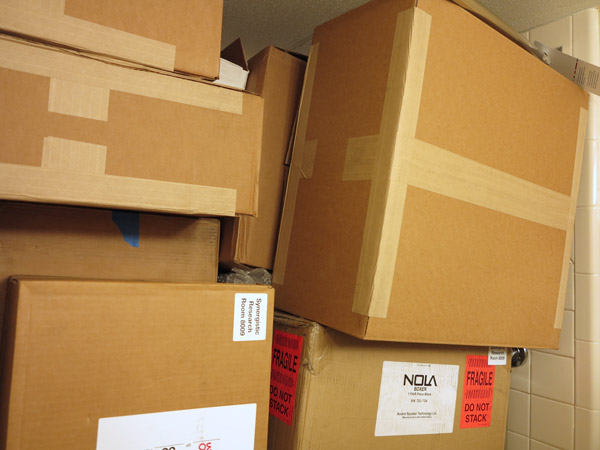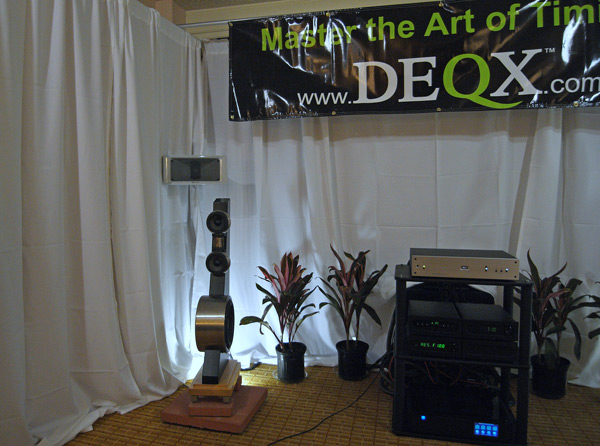The 2012 Rocky Mountain Audio Fest:That's a Wrap
With a fanfare at 4pm, Sunday October 14, in the Denver Tech Center Marriott's Atrium, the Denver Broncos Half-Time Band, courtesy of Kimber Kable's Ray Kimber, brought the Show to a close. According to Show organizer Marjorie Baumert, "We had about 150 more exhibitors (according to the badges), about 3600 attendee days (approximately 100 more than last year). We had 1295 attendees pre-register and that was an all-time record (last year was 1100). . .
Continue Reading »

